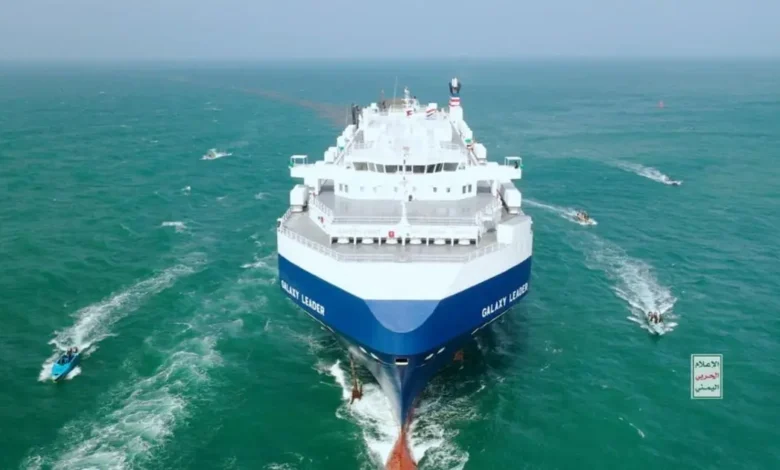Shipping insurance for Red Sea transit soars after mounting attacks in region

The cost of insuring vessels that will transit the Red Sea jumped again this week after mounting attacks in the region forced some ships to avoid the vital waterway.
Cover has now surged to about 0.5 percent of the value of a ship’s hull, according to three people involved in the market. That’s a sharp increase from earlier this month, when costs were pegged at around 0.1 percent to 0.2 percent of the hull value.
So-called war risk rates are generally quoted as a percentage of the value of the ship for the period that a vessel is trading in risky areas. That figure has climbed more than tenfold from before the attacks escalated in earnest. On Monday, London insurers expanded the regions within the Red Sea that are designated as risky — a move that effectively boosts the area in which war cover is needed.
For a vessel costing $100 million, an expense of 0.5 percent translates to an insurance cost of $500,000 per voyage. This applies to all merchant ships entering routes in the Southern Red Sea or Gulf of Aden.
Since the end of last week, vessels across all sectors of global shipping have begun avoiding the Red Sea after a string of attacks by Yemen-based Houthi militants, with many choosing to sail thousands of miles around Africa. Meanwhile, the US has assembled a coalition of nations to defend shipping in the region, although details on how it will work are currently sketchy.
“Both options of increased premiums and rerouting around Africa will see a knock-on effect on the price of goods,” said Toby Vallance, Executive Committee Member of the London Forum of Insurance Lawyers.
The disruption in marine traffic caused by the Houthi attacks, spurred by the ongoing Israel-Hamas war, now means that both of the world’s main arteries of global trade — the Panama and the Suez Canal — are now facing their own snarls, threatening the smooth passage of goods around the world.










